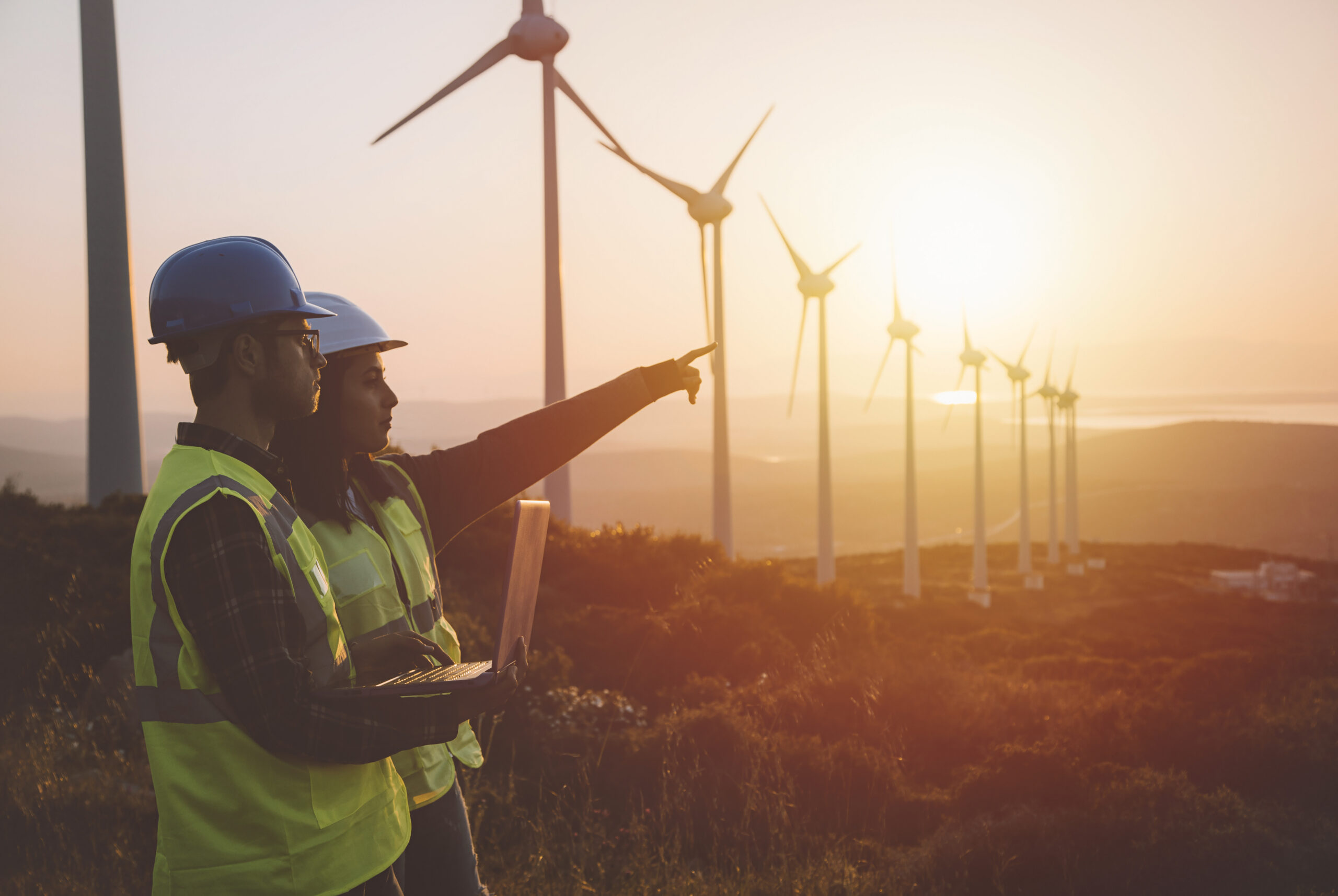
The UK is putting teeth into plans to become a hydrogen superpower
With aim to help electrify the shipping industry and rid the seas of carbon heavy ships, the UK is putting teeth into plans to become a hydrogen superpower. To hit their intended 70GW of renewable energy by 2035, additional technologies are going to be required.
The forecast for the UK’s renewable energy transition is promising. Renewable energy accounts for nearly 40% of the UKs energy generation from solar, wind, biomass and hydropower, including the world front running of offshore wind (6.9GW). However, challenges related to grid balancing, flexibility, interconnection, digitalization, and grid resilience need to be addressed. The government has been playing the blame game for months with little to no relief being visible until recently. With some developers waiting over 10 years for a connection, and £28B of investments 2022 alone, on the line, the UK government and grid operator Ofgem have a massive and urgent problem on their hands. The strategy to solve these challenges is expected this summer, with early positive indications that grid connection times could be halved.
While most of the focus in the UK is on grid, what we are tracking is speed and breadth of hydrogen as a central component to the UKs net zero strategy. In 2022, the UK became the 12th country to release a hydrogen strategy. The target was 5GW, roughly 2% of the total need. In April 2023, the government doubled that number. The government has also put in place a contract for different (CfD) to help incent the production of green hydrogen. The fundamentals are shaping a path for the UK to become a hydrogen superpower. Last year, wind curtailment cost the UK government a whopping £507M. The storage market has not yet caught up with the pace of wind and solar, which makes room for hydrogen to help act as a balancer on the grid. One plan is taking the curtailed green energy and putting it into an electrolyzer which can then be used to help power the downstream. Meaning it will not only reduce the waste, but it will provide energy and revenues, down the value chain.
We are already seeing major investments into hydrogen in the UK. Sumitomo announced a joint development agreement for low-carbon hydrogen production in the vicinity of the Bacton gas terminal, which handles roughly one third of the UK’s gas production. Stuart Payne, CEO of the NSTA of the UK government stated that ‘the Bacton project, could provide decades of clean energy for up to 20 million homes….’ A similar project, albeit smaller, was also recently announced in the Port of Felixstowe. Scottishpower secured £2M for a feasibility study for hydrogen fuel hubs.
With aim to help electrify the shipping industry and rid the seas of carbon heavy ships, the UK is putting teeth into their plans to become a hydrogen superpower. To hit their intended 70GW of renewable energy by 2035, additional technologies are going to be required. Those innovation come with R&D costs, legislative needs, government incentives and high capacity, high efficiency grid. How the government tackles the immediate pressure on the grid will set the stage for the UKs ability to hit their targets and will set the course on the UKs ambition to redefine their economic might and power through energy.
Our portfolio in the UK is pushing 3,500 MW. Together with our local developers Evolution Power and Climate ER our projects could power up to 1,500,000 million homes.
Learn more about the energy markets of e.g. Canada, Greece, Sweden and Finland in our market report, Renewables Review. There we also take a closer look at rising trends such as agrivoltaics.


